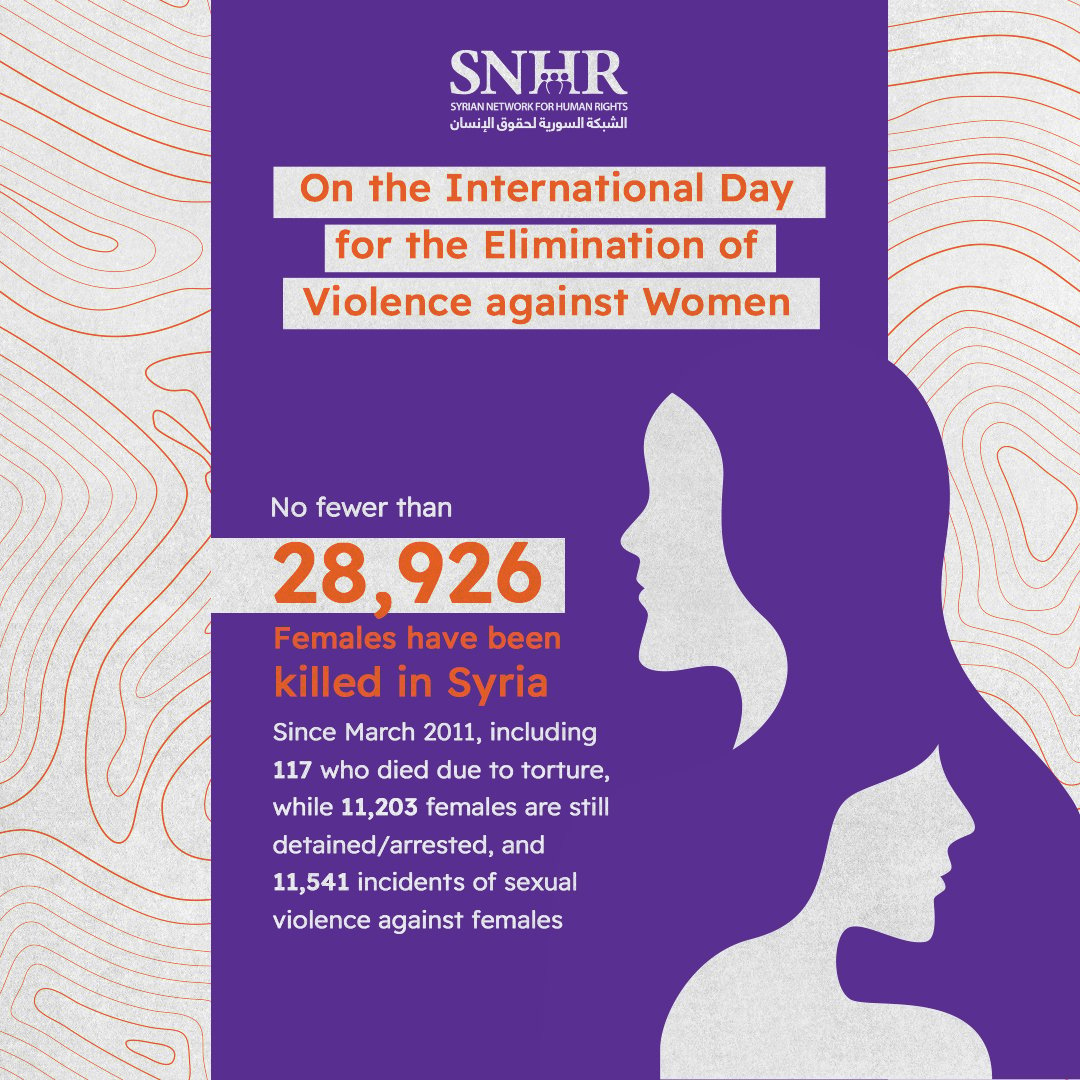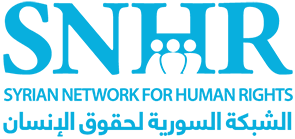No fewer than 28,926 females have been killed in Syria since March 2011, including 117 who died due to torture, while 11,203 are still detained/arrested, and SNHR has documented 11,541 incidents of sexual violence against females

Languages
Available In
Press release: (Download the full report below)
The Hague – The Syrian Network for Human Rights (SNHR) today released its 12th annual report on violations against females in Syria, to mark the International Day for the Elimination of Violence Against Women. The report notes that no fewer than 28,926 females have been killed in Syria since March 2011, including 117 who died due to torture, while 11,203 are still detained/arrested, with SNHR also documenting 11,541 incidents of sexual violence committed against females. It should be stressed that the vast majority of all these violations were perpetrated by Syrian regime forces.
The 62-page report notes that, over the past 13 years, women in Syria have been consistently and repeatedly subjected to a wide range of gross violations. This has not been the only trauma women have suffered, it notes, with thousands of women also facing insurmountable challenges over their involvement in activism, or, on a more basic level, in obtaining their most essential rights and needs amid the numerous horrific violations committed by the parties to the conflict.
The report draws upon the evidence contained on SNHR’s database, which is the result of our daily monitoring and documentation activities conducted since March 2011, and which encompasses violations of extrajudicial killing, arbitrary arrest, enforced disappearance and torture, recruitment, sexual violence, attacks that saw the use of various weapons, and attacks on vital civilian facilities. The report outlines the most notable violations committed by the parties to the conflict and controlling forces in Syria against females between March 2011 and November 25, 2023, as documented on SNHR’s database. The report also compares the toll of violations recorded in last year’s annual report on women with this year’s total, in order to show whether rates of violations have increased, decreased, or stayed the same across the different type of violations.
Fadel Abdul Ghany, SNHR Executive Director, says:
“In documenting the violations and difficulties faced by Syrian women, our aim is not to simply chronicle the massive suffering they’ve borne, or to recount their often unimaginably extraordinary endurance. The reports we release are also a message to the international community, the UN Security Council, and women’s rights organization around the world urging them to exert far more serious effort to alleviate the plight of Syria’s women and empower them to handle the exceptional challenges they face in Syria.”
The report stresses that females in Syria have been subjected to multiple and repeated patterns of violations that vary in their severity and geographic distribution, and in their current and future ramifications on females of all ages in Syria. Relatedly, the report focuses on the gross human rights violations committed against females, which have been perpetrated in a systematic way. These seven primary violations are: Extrajudicial killing; unlawful detention, arbitrary arrest, abduction, and enforced disappearance; torture; sexual violence; child recruitment; attacks on vital facilities, such as schools, and medical facilities, such as hospitals, and the obstruction or denial of humanitarian assistance. In addition to these seven gross violations, the report sheds light on other violations related to protection of females such as the judicial and security procedures related to proving ownership, registering deaths, and the gender dimension of a number of laws and legislative articles involving discriminatory practices that affect women. Moreover, the report reveals, female activists have faced slander and intimidation, which has grown dramatically worse due to the continuing conflict.
The report documents the killing of 28,926 women and girls at the hands of the parties to the conflict and the controlling forces in Syria between March 2011, and November 25, 2023, with 22,061 of these female victims killed at the hands of Syrian regime forces, while 1,608 others were killed by Russian forces. In addition, a total of 981 females were killed by ISIS, and 87 were killed by Hay’at Tahrir al-Sham (HTS). Furthermore, the report reveals that the Syrian Democratic Forces (SDF) were responsible for killing 279 females, while all armed opposition factions/Syrian National Army (SNA) killed 1,324 females. Lastly, 961 females were killed in attacks by international coalition forces, while 1,625 children were killed by other parties. Analysis of these figures shows that the Syrian regime has been responsible for approximately 77 percent of all extrajudicial killings of females. According to the accumulated death toll, 2013 saw the highest documented death toll among females, followed by 2012, then 2014, and then 2015.
With regard to arrest/detention, enforced disappearance, and torture, the report notes that no fewer than 11,203 females are still detained and/or forcibly disappeared at the hands of the parties to the conflict and the controlling forces as of November 25, 2023, divided as follows: 8,962 females are still detained and/or forcibly disappeared by Syrian regime forces, 49 by HTS, 921 by SDF, and 971 by all armed opposition factions/SNA. The report adds that 276 of the females who are still forcibly disappeared were arrested by ISIS before the group became defunct for the most part in Syria. The report further notes that, according to the accumulated toll, 2015 was the worst year in terms of arrests/detentions and enforced disappearances involving females, with 78 percent of all arrests in that year made by Syrian regime forces.
The report documents the deaths of 117 females due to torture in Syria since March 2011, including 79 who died in Syrian regime detention centers, while 14 died in ISIS detention centers, two died in SDF detention centers, and two died in armed opposition/SNA detention centers. Lastly, one female died due to torture at the hands of other parties.
As the report further reveals, Syrian regime forces have targeted females due to their gender. Arresting and detaining females is generally employed as a means of imposing control over an area and ensuring the local population’s submission. In addition to being targeted for their gender, the report reveals that females have also been targeted for their involvement in political activities and activism, such as participating in the peaceful demonstrations calling for political change, as well as in various forms of civilian, media, and human rights activism. In many cases, females have also been arrested due either to their own sect or ethnicity or to affiliation with a certain area, sect, or ethnicity while passing through checkpoints, or when visiting government institutions. These arrests have exhibited a retaliatory character, forming part of a policy of collective punishment, or being intended to extort, pressure, and persecute the victims’ families. Moreover, the report reveals that, from the beginning of 2018 up until November 25, 2023, SNHR has documented that no fewer than 23 of the women forcibly disappeared in regime detention centers have been registered as dead in the civil registry’s records. The cause of death has not been revealed in any of these cases, while the victims’ bodies have not been returned to the families, and their deaths were not publicly registered at the time they took place.
The report also sheds light on the Syrian regime’s use of sexual violence as a weapon of war and an instrument of punishment in order to spread mass fear and to force residents to flee ahead of raids. Sexual violence has also been routinely used by regime forces as a method of torture, retaliation, and intimidation. Given the practice of sexual violence on such a wide scale, it is very clear that this is happening with the implicit approval of the officers in charge of the regime’s security services and armed forces who authorize such practices. The report outlines the most common patterns of sexual violence by regime forces, adding that these forces committed no fewer than 8,019 incidents of sexual violence including about 881 incidents that took place in detention centers, and no fewer than 443 cases of sexual violence against girls under the age of 18.
The report adds that attacks targeting medical facilities have had dangerous ramifications for females. These consequences are made more serious and compounded by the fact that most of these facilities have been deliberately targeted in attacks that resulted in massive casualties among female patients, staff, and health workers. Destroying medical facilities has also suspended or stopped healthcare provision to females in the affected areas, which meant that many girls and women have lost access to basic healthcare which they need to survive. Moreover, military operations have temporarily put medical facilities out of commission, which also had serious consequences. The report documents no fewer than 555 attacks on medical facilities at the hands of regime forces, putting most of them out of commission, while Russian forces carried out no fewer than 209 attacks on medical facilities since the launch of their military intervention on September 30, 2015, up until November 25, 2023. Furthermore, theSDF carried out 12 attacks on medical facilities, while HTS carried out two attacks. Finally, armed opposition factions have been responsible for no fewer than 15 attacks on medical facilities between March 2011 and November 25, 2023.
The report also reveals that in addition to the SDF’s other extrajudicial abuses of females, the SDF group have also detained females. Females in SDF detention centers suffer incredibly poor conditions and are subjected to various methods of torture. It is also not uncommon for females to be mistreated on the basis of their ethnicity in SDF detention centers, where they are deprived of healthcare and food. Moreover, those detained are not charged with any specific charges or subject to a trial until they have already suffered long periods of detention that may last for months or even years.
Also on the subject of the SDF, the report adds that, through military recruitment and conscription, the SDF has used females, including female children, to reinforce its military forces and assert control over the areas under its control. Juvenile girls are a key element of the SDF. This military recruitment and conscription are a key part of a systematic, established policy carried out under the supervision of the Kurdistan Workers’ Party (PKK). In this context, the report documents no fewer than 281 cases of underage girls being recruited or conscripted by the SDF. No fewer than eight of these juvenile female conscripts have been killed in battle, while about 164 others have been discharged, with 109 girls still actively serving with the SDF.
The report adds that SDF personnel have carried out many acts of sexual violence against females in the group’s detention centers, female recruitment centers checkpoints, reception centers and camps under the group’s protection and supervision. To that end, the report records that, as of November 25, 2023, we have documented no fewer than 17 incidents of sexual violence at the hands of SDF.
The report reveals that female detainees held in HTS detention centers are also subjected to harsh detention conditions, ranging from being denied any opportunity to contact their families to intimidation, threats, and serious accusations during interrogation. HTS uses various methods of torture in its detention centers, which are extremely similar to those employed by the Syrian regime in its detention centers.
The report also provides a summary of the violations perpetrated by the armed opposition/SNA, noting that females have been detained and abducted by armed opposition factions/SNA in a widespread manner in recent years. The contexts and motives of these incidents vary depending on the current situation on the ground and developments concerning those factions, such as changes in territorial control, or even the dissolution of many of the groups involved in those practices. However, the same practices of targeting females have persisted. These practices were also difficult to make sense of since there is no real framework governing the armed opposition’s practices, and there is also no independent judiciary that oversees such operations in a transparent and clear way.
The report also sheds light on campaigns of threats and slander against woman activists all over Syria, noting that there have been various types of campaigns and attacks against female activists, including verbal violence and threats of physical violence, that have been directly targeted at them or sent indirectly through text messages. There have also been cases in which female activists have been the victims of slander or have endured sensitive personal information on them being published or promoted on social media or in other public settings. In many other cases, women have been summoned to the security headquarters of the various controlling forces, and faced accusations impugning their morality or attacking their dignity, or even been publicly molested. For instance, the report records that many women who were involved in the anti-regime protests in Suwayda governorate, which have been going on since August 2023, have been the victims of slander campaigns, as well as threats and been subjected to societal and security services’ pressure, all with the objective of driving them to cease their activism. The report adds that HTS, through its institutions, has also issued a number of discriminatory decisions against females in areas under its control, including the imposition of policies such as gender segregation in universities and banning women from studying certain majors in the universities under its control. The group has also imposed a dress code on women and limited their personal freedom.
The report concludes that all the parties to the conflict in Syria have failed to engage in the proper treatment of women, as defined by international law and Rule 134 of customary international humanitarian law. Furthermore, the parties to the conflict in Syria, particularly the Syrian regime which is responsible for the vast majority of violations in the conflict, have violated many legal articles regarding women, as included in Protocol II additional to the Geneva Convention, adopted in 1977.
This report also shows that patterns of discrimination against women have been exhibited in a range of practices, which constitute violations of the Convention on the Elimination of All Forms of Discrimination Against Women (CEDAW), which established all the articles that states must implement to protect women from the negative effects resultant from discrimination. In addition, such practices constitute a violation of UN Security Council Resolution 1325.
The report stresses that among the violations outlined that have been perpetrated by the Syrian regime in the form of widespread and systematic attacks in a way that qualifies them as crimes against humanity are: murder, torture, rape, and enforced displacement.
The report adds that among the violations outlined in this report that have been perpetrated by the Syrian regime, as well as the other parties to the conflict, in a way that qualifies them as war crimes are: sexual violence, violence to life, particularly murder in its different forms, mutilation, cruel treatment, and outrages upon personal dignity.
The report recommends that the international community provide protection and assistance for forcibly displaced females, both internally displaced persons (IDPs) and refugees, particularly girls, and respect their specific needs, most importantly protection.
Moreover, the report calls for providing sufficient resources to enable the rehabilitation of female survivors, particularly victims of sexual violence, sexual exploitation, and forced marriage. This includes establishing institutions to protect and care for female victims who have suffered exclusion from their families and communities. The report also makes a number of other recommendations.


